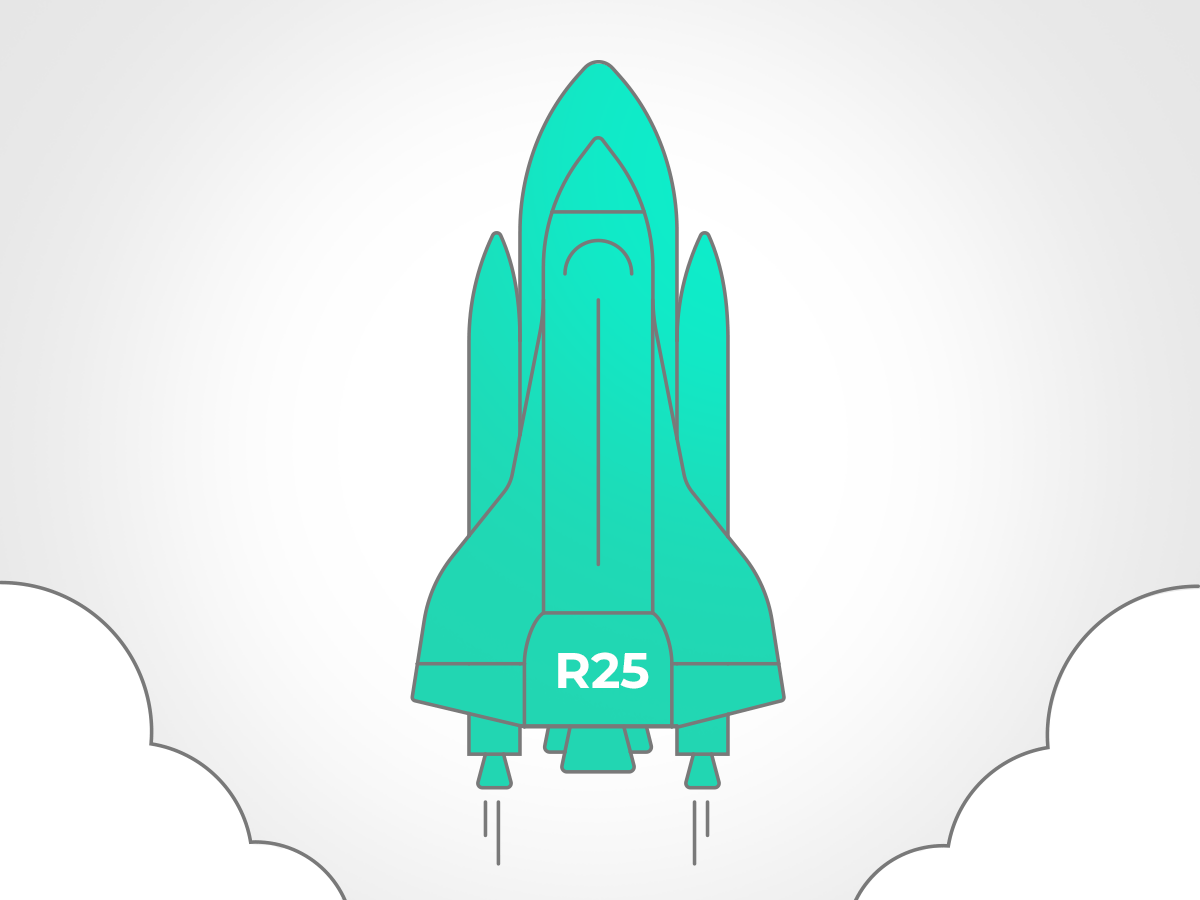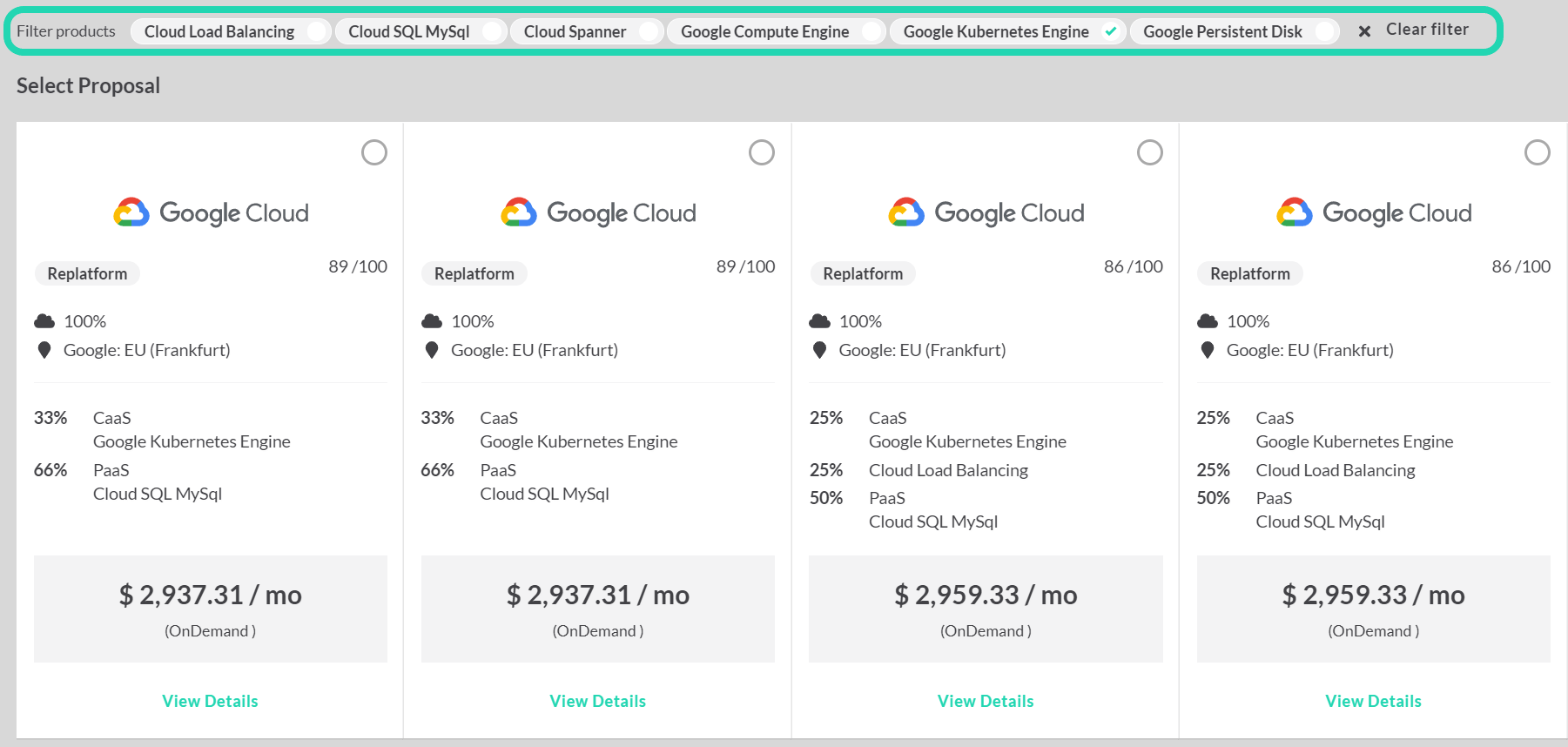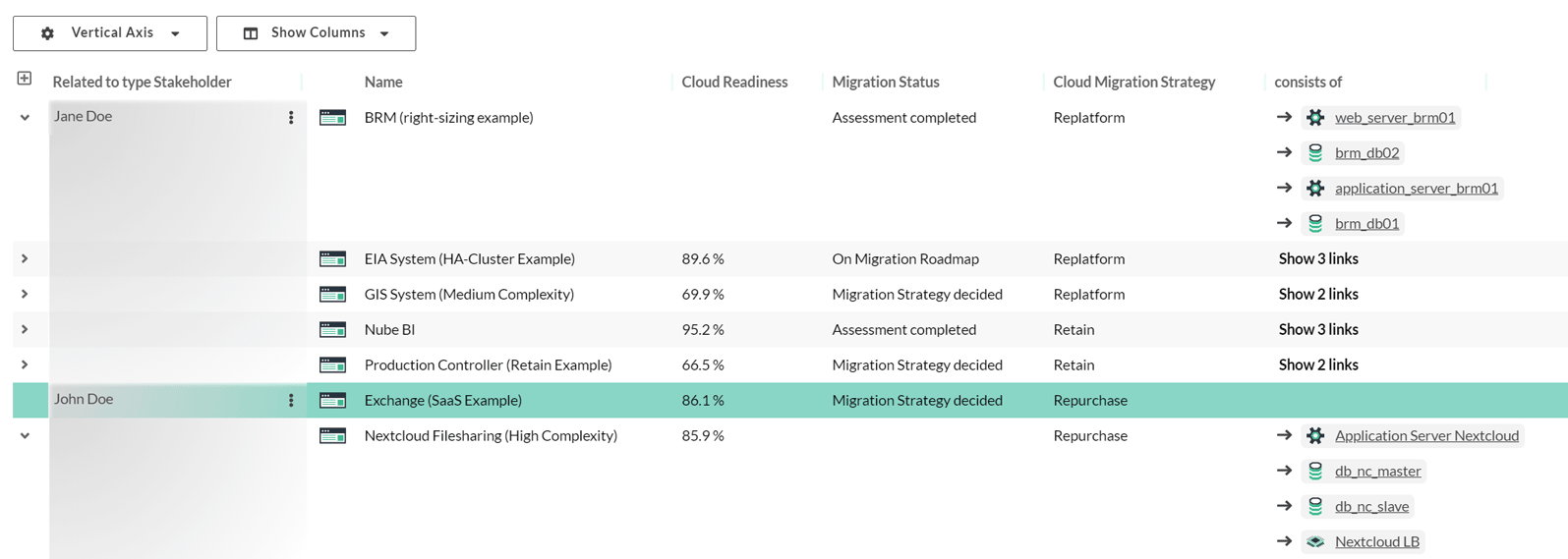What’s New in Version 25?

Txture release 25 is now available! We got a lot of valuable input from our partners and customers and of course we ourselves think about how we can continuously improve and expand our products. The short release cycles allow us to delight you with new functions at short intervals. In the current release we added a number of new features to the Transformation Cockpit and added or expanded features to the core of our platform.
Let’s have a look at what’s new!
Technology replacements & pinned technologies
In the course of the migration of an application, outdated or no longer desired technologies are replaced by more modern cloud technologies. Also a change of technology providers is a common activity during the migration.
Txture supports the replacement of technologies or providers from version 25 in its Target Architecture Preferences. The user can choose whether a certain technology should be replaced with an alternative technology, or should be avoided entirely or whether Txture's Knowledge Engine should independently propose an alternative solution. In addition, the user can define if one would like to replace technologies of one provider with those of another provider. As for all Target Architecture Preferences, technology replacements can either be done for the entire application portfolio or for applications individually.
Figure 1 shows an example of a Technology Replacement setting. All services offered by Oracle will be excluded from the target architecture and automatically replaced by Txture’s Cloud Knowledge Engine with a similarity match. Moreover, all MariaDBs are replaced with PostgreSQL.
 Figure 1. Example of Technology Replacement settings.
Figure 1. Example of Technology Replacement settings.
With the help of Technology Replacements a general technology strategy can be expressed for the cloud transition.
In a similar manner the new feature for pinning of technologies and cloud products works as a dynamic filter option for iteratively adjusting proposed target solution architectures. While the user was previously limited to a fixed number of proposals per vendor, from version 25 it is possible to filter proposals that contain selected cloud services. Figure 2. indicates how pinning of Google Kubernetes Engine leads to proposals all leveraging this specific cloud service. This feature makes it a lot easier to find a suitable proposal. The filter options will be expanded even further in later versions.
 Figure 2. Pinning of Google Kubernetes Engine to re-iterate matching proposals.
Figure 2. Pinning of Google Kubernetes Engine to re-iterate matching proposals.
Private Cloud support: Landing zone in Target Architecture Preferences
Txture Cloud Transformation currently supports application target solution architectures based on the cloud services of 7 major cloud providers.
In our engagements we more and more see multi- and hybrid-cloud strategies, in which involving a private cloud is a central topic - whether it already exists or will be established while transforming. Private cloud options are usually chosen due to latency or security reasons, but also because of owned data center resources that need to pay off first.
In version 25 we have now added assessment rules and target architecture preferences that allow Txture to analyze and recommend for private cloud targets of applications. Recommendations involve cloud service propositions on all available service levels (XaaS) as well as sizing recommendations to pick the right virtual machines, storage amounts, database sizes, etc. (see Figure 3).
New Report Type: Cluster Table
The new report type "Cluster-Table" combines the capabilities of the existing tables and cluster matrix visualizations. Some of our customers are eagerly awaiting the possibility of being able to group assets according to certain criteria without having to forego properties or links of the assets.
Similar to the table report, the assets and their properties and links are shown in a table. As an extension to the table report, the result of a custom query can be grouped and sorted by criteria on the y-axis, similar as it can be done in the Cluster Matrix (see Figure 4). In contrast to the Table Report, assets might be shown in multiple rows when they are part of multiple categories on the y-axis.
We are sure that this type of report will soon be one of your favorite ones. :)
 Figure 4. The new Cluster Table report in action, grouping applications by responsible stakeholders.
Figure 4. The new Cluster Table report in action, grouping applications by responsible stakeholders.
What’s more?
-
Multiple 6Rs
Usually, more than just one strategy is feasible when migrating an application. Now, all proposed 6Rs from the assessment phase are displayed in the Transformation Cockpit. The user is still free to choose which of the proposed strategies should be the one to be implemented. -
Sortable dashboards
Dashboards can now be sorted in the dashboard menu. This helps to stay on top of things when managing a large amount of them for different purposes. -
Taking into account cluster in target architectures
Clusters, such as used for databases and compute resources are now taken into account correctly while generating target architecture proposals. Moreover, from version 24 on components in the overall target architecture can be shared between different applications. Both these new features combined also allow us to make price estimations of proposals much more accurate. -
New query option: Link properties and metadata
We have once more fine-tuned our popular query language. Now you can filter your assets based on link properties or on metadata like the time of last modification of a specific asset property. -
Updated cloud import capabilities for cloud modernization
The range of data integration options continues to grow with this release. We added further import options for all major cloud providers. This makes it easier for you to depict your existing cloud resources in Txture and to compare your current cloud portfolio with resources of other cloud providers. Moreover, we added Microsoft's cloud migration service “Azure Migrate” to our assortment of vendor-specific discovery data sources.
Are your fingers tingling? That’s the urge to try out our new version.
Feel free to request a free demo or contact us for more information!
